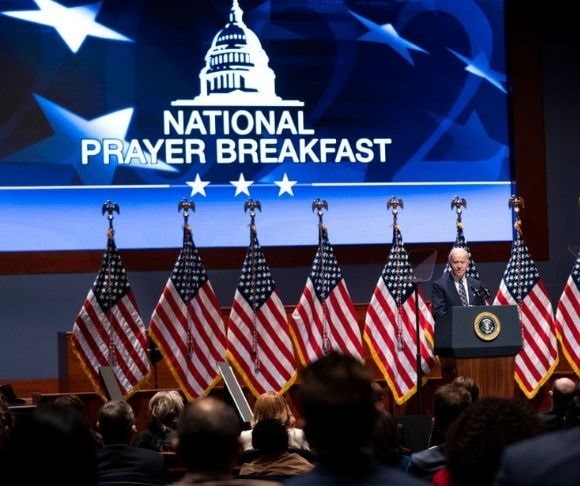On January 3, as Iranians gathered to pay homage to slain Quds Force commander Qasem Soleimani in Kerman, his hometown and final resting place, two blasts took place near the “martyrs’ cemetery”, killing more than 90 people and wounding many more. Soleimani, who was killed four years ago in a US drone strike in Iraq, is hailed by Iran as the architect of the “axis of resistance” — the network that includes Hamas, Hezbollah and the Houthis — who share Iran’s ideological and geopolitical goal of countering the US presence in the region and Israel. Since the attacks took place on the anniversary of Soleimani’s assassination and amid the ongoing Hamas-Israel war, Tehran suspected an Israeli role, even though Islamic State claimed responsibility for the blasts. Earlier, on December 15, 2023, 11 Iranian policemen were killed in a terrorist attack on a police station in the south-eastern province of Sistan and Baluchistan. While Jaish al-Adl, an extremist Salafist terror group, claimed responsibility for the attack, Iran’s interior minister Ahmad Vahidi claimed that the attacks were carried out by groups supported by Israel.

In the aftermath of the October 7 Hamas attack on Israel, Iran denied any direct role, insisting that it was a “completely Palestinian action”. However, Tehran has mounted a regional diplomatic campaign to isolate and condemn Israel for the humanitarian crisis created by Israeli military operations in Gaza. Also, over the last three months, Iranian-backed forces have engaged Israel on multiple fronts in what has so far remained a controlled escalation. Hezbollah, operating out of southern Lebanon, has fired thousands of rockets into northern Israel, and Israeli warplanes have been hitting Hezbollah military sites to keep them away from the border. Analysts argue that the conflict, which has so far remained contained within 4-5 km of the Lebanon-Israel borderline risks escalating as Palestinian forces increasingly use south Lebanon to target Israel given that Hamas stands weakened in Gaza. Meanwhile, the Houthis have launched more than 100 drone and missile strikes at Israeli-linked commercial shipping in the Red Sea, thus expanding the insecurity to the western Indian Ocean. The spate of terrorist attacks inside Iran further enhances escalation risks as Iran may feel compelled to retaliate.
On December 28, Naftali Bennett, who served as prime minister between June 2021 and June 2022, wrote an article in the Wall Street Journal (WSJ) calling for the US and Israel to take on Iran directly, while taking credit for directing several attacks on Iranian soil. Bennett’s “Octopus Doctrine”, called for rebalancing Israel’s national security resources towards weakening the “primary enemy” that is Iran, while avoiding, to the extent reasonably possible, clashes with Hamas and Hezbollah in the vicinity of Israeli borders. In June 2022, Bennett told The Economist, “We no longer play with the tentacles, with Iran’s proxies: We’ve created a new equation by going for the head.”
When Bennett served as the defence minister under the Benjamin Netanyahu government in 2020, he restructured the general staff and planning directorate of the Israeli Defence Forces to create a strategy and Iran directorate dedicated to countering Iran. Tactics included empowering domestic opposition in Iran, strengthening its enemies, sanctions and economic pressures while thwarting nuclear diplomacy with Tehran.
During Bennett’s tenure as prime minister, Israel and Iran engaged in a series of tit-for-tat attacks. In February 2022, a massive air raid on a drone manufacturing and storage facility near Kermanshah in western Iran wiped out much of Iran’s drone fleet. Though Israel did not take official responsibility for the attack on the IRGC facility at that time, Israeli and US media reports cited unidentified Israeli officials, claiming this as retaliation against drone attacks by Iran and its proxies against US and Israeli interests in Iraq and Syria. Iran’s Revolutionary Guards retaliated the following month by launching a barrage of missiles on what it described as an Israeli “spy centre” operating in the vicinity of the US consulate complex in Erbil, Iraqi Kurdistan.
In May 2022, gunmen on motorcycles killed a Quds Force commander outside his home in Tehran. Until then, sabotage attacks and assassinations had been limited to Iranian nuclear facilities and scientists on Iranian soil. The trend of attacks on military facilities in Iran continued after Bennett’s exit. In January last year, when drones targeted an ammunition depot in Isfahan, the western media pointed to the Israeli role in targeting the production of Iranian weapons that could be sent to Russia for use against Ukraine.
What is clear is that what started as a Hamas-Israel conflict three months ago has morphed into a shadow war between Israel and Iran. The recent missile attacks on what Iran called terrorist camps in Pakistan and an Israeli spy centre in Iraq, suggest that Tehran wants to send out a message, at home and internationally, that it has the capabilities to strike at its enemies, beyond its borders.
Deepika Saraswat is associate fellow, Manohar Parrikar Institute for Defence Studies and Analyses. The views expressed are personal
Continue reading with HT Premium Subscription
Daily E Paper I Premium Articles I Brunch E Magazine I Daily Infographics
















